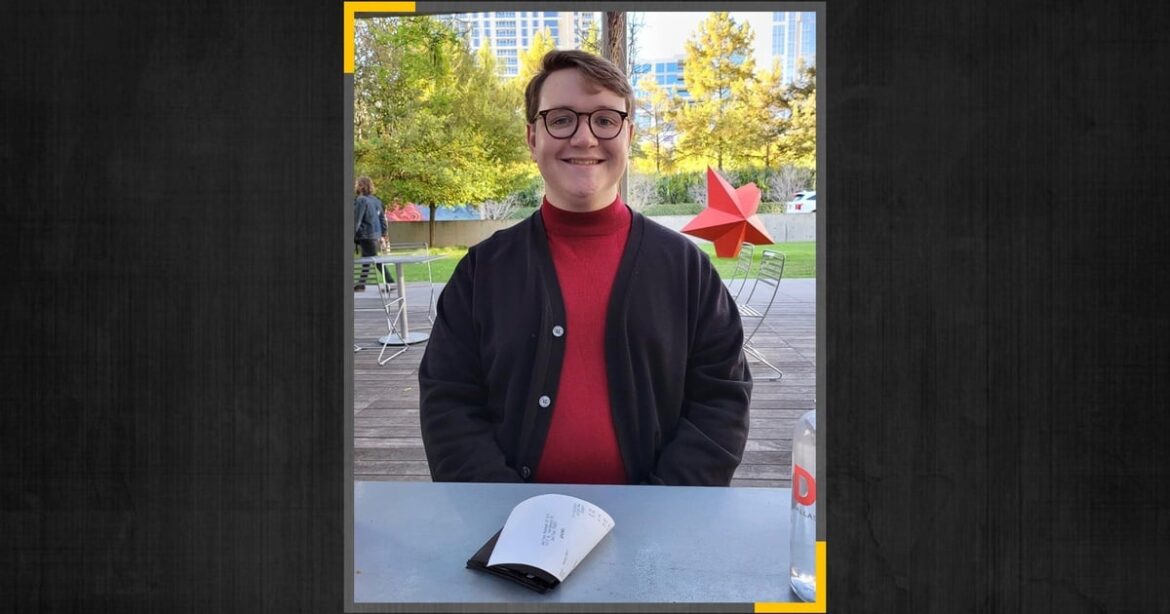Mental Health Support Initiatives in Community Colleges
The Challenge Faced by Community College Students
Community college students often confront a unique set of challenges compared to their four-year counterparts. These include balancing academic responsibilities with part-time jobs and family duties while dealing with mental health issues exacerbated by financial stress, lack of resources, and personal struggles.
Statistics show that over half of community college students aged 18 to 22 have screened positive for at least one mental health condition, according to a study published in Psychiatric Services. Yet, only around 25% of them seek help, which highlights a significant gap in mental health support.
Elijah Gregory’s Journey
Elijah Gregory, now 24, exemplifies the resilience of many community college students. After grappling with depression, anxiety, and the loss of a parent, Gregory’s initial college experience at North Central Texas College was overwhelming, leading him to drop out shortly after enrolling.
After two years of personal growth and therapy, he re-enrolled, this time with a clearer purpose. As an aspiring psychology graduate, Gregory is now focused on creating a support group for students involved in the TRIO program—an initiative that offers mentoring and financial guidance to those facing socioeconomic challenges.
Peers Supporting Peers: The Mental Health Advocacy Institute
Many community colleges are recognizing the need for enhanced mental health services, leading to innovative programs like the Mental Health Advocacy Institute. Managed by Active Minds, this initiative empowers students to assess their mental health challenges and collaborate on solutions.
Through this program, students receive stipends for implementing action plans aimed at improving mental health resources on campus. Out of 65 participants, only 12 come from community colleges, illustrating both the need for and the rarity of such engagement.
Student Initiatives Transforming Mental Health Resources
Students across various campuses are devising creative solutions. For instance:
- Yaritza Garcia, a psychology major, aims to establish a peer counseling program to normalize discussions about mental health.
- A student-athlete is organizing a support group for injured athletes, addressing their unique feelings of isolation.
- At an international-focused college, another student is translating mental health resources into multiple languages to ensure accessibility.
These efforts show promising avenues for building supportive communities and alleviating mental health challenges for students.
Higher Education’s Role in Supporting Mental Health
Educators and administrators must strive to create environments where students feel they belong. Establishing connections with faculty and staff plays a critical role in student retention and well-being. Moreover, educational leaders are urged to eliminate barriers that prevent students from accessing mental health resources, including collaborating with external providers when necessary.

